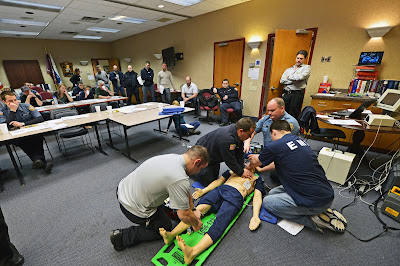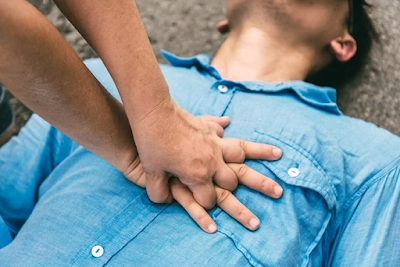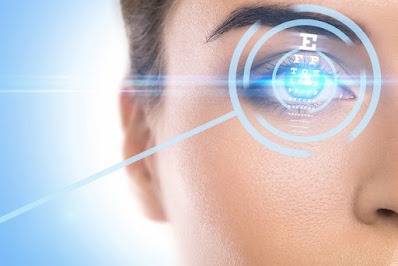Recognizing addiction can be harder than it seems. Many people who struggle with addiction will try to hide their problem because they're ashamed of it. But hiding an addiction won't make it go away and recognizing the problem is the first step toward recovery. If you know what to watch for, you might be able to see that your loved one needs help long before they even realize that they do.
The following are some signs of drug misuse or abuse:
1. Changes in behavior
If your loved one is suddenly hanging out with a new group of friends, acting secretive or unusually paranoid, or becoming more aggressive or hostile, it could be a sign that they're using drugs. Changes in behavior can also be much more subtle, such as becoming more withdrawn or less social.
In order to notice these changes, you need to be paying close attention to your loved one's behavior. If you notice that someone is changing their behavior, you should start looking more closely to see if there's a reason for the change.
2. Changes in appearance
Drug use can take a toll on your appearance. People who are using drugs might start to look tired and run down, with dark circles under their eyes, or they might have lost weight suddenly. They might also have track marks from using needles or sores on their lips from smoking crack cocaine. If you notice a drastic change in appearance, it may be time to consider addiction treatment for them.
3. Changes in performance
Drugs can impair judgment and lead to poor decision-making. People who are using drugs might start to perform poorly at work or school, or they might start skipping classes or meetings. This may include failing to meet work or performance expectations, declining performance at work or in school, being tardy or absent frequently.
4. Financial problems
If your loved one is using drugs there's a good chance they'll have difficulty paying for them. This can lead to financial problems such as maxing out credit cards, missing bills, defaulting on loans, or pawning or selling belongings.
5. Health problems
Drugs can have a negative impact on your health. People who are using drugs might start to experience physical health problems such as weight gain or loss, changes in blood pressure, liver disease, or a lung infection depending on which type of drug they are using. They might also exhibit mental health problems such as depression, anxiety, and paranoia. If they are outwardly anxious and irritable, there may be a chance that they are using drugs.
6. Increasing secrecy
As the addiction progresses, the person will be more hesitant to let you in on what they are doing or where they have been. You should start looking for reasons why your loved one is being secretive about their comings and goings. By noticing changes in behavior, you might pick up that there's a problem before it gets worse.
7. Substance-specific symptoms
If you're suspicious that someone is using drugs, look for specific symptoms related to that drug. For example, someone who is addicted to cocaine may have a runny nose, dilated pupils, and be constantly licking their lips. Someone addicted to heroin might have needle marks or bruises on their skin from injecting the substance into their body. It is not uncommon for these areas to become infected, either. Many frequent drug users may also experience withdrawal symptoms if they try to stop using.
If you think that your loved one might have a drug addiction, it's important to talk to them about it. It can be difficult to confront someone about their addiction, but it's the first step in getting them help. You may need to seek professional help in order to get your loved one the treatment they need. Addiction is a serious problem, but it can be treated successfully. Learn more at: https://www.rehab.com/addiction-treatment
This is a guest blog entry.




















